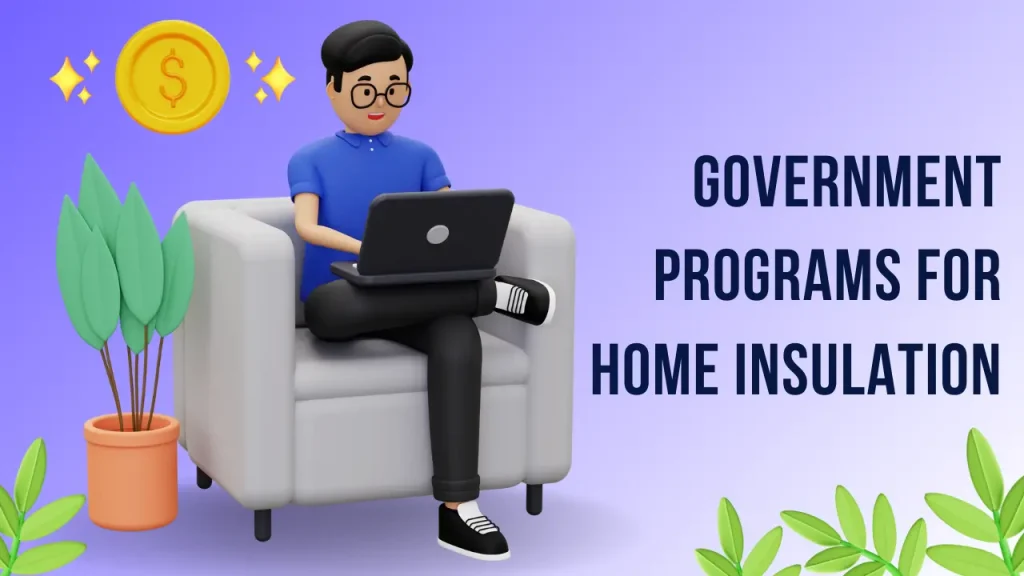It’s the middle of winter, and instead of cranking up the thermostat to stay warm, your home feels cozy without skyrocketing energy bills. Sounds like a dream, right? Well, it doesn’t have to be. With some clever, affordable home insulation ideas, you can keep your house comfortable year-round while saving money—and the planet.
Whether you’re a homeowner on a tight budget, a renter looking for temporary fixes, or a DIY enthusiast eager to roll up your sleeves, there are plenty of ways to improve your home’s insulation without breaking the bank. In this article, we’ll explore cheap home insulation solutions, share step-by-step tips, and even uncover some hidden financial incentives to make your project even more cost-effective. Let’s get started!

What is the Cheapest Way to Insulate a Home?
Before diving into specific ideas, let’s address the elephant in the room: What’s the cheapest way to insulate a home? The answer depends on your needs, but here are some tried-and-true methods:
- Weather Stripping: Seal gaps around doors and windows to prevent drafts.
- Window Film: Add a layer of insulation to single-pane windows.
- Door Draft Stoppers: Block cold air from sneaking under doors.
- DIY Spray Foam Insulation: Fill small cracks and crevices for airtight seals.
These solutions are not only inexpensive but also easy to implement. Plus, they can make a noticeable difference in your home’s comfort and energy efficiency.
Why Should You Invest in Affordable Home Insulation?
Let’s talk about why this matters. Did you know that heating and cooling account for nearly half of your energy bill? That’s a lot of money literally going out the window—or through the attic, walls, and basement. By improving your home’s insulation, you can:
- Save Money: Reduce energy costs by up to 30%.
- Increase Comfort: Say goodbye to drafty rooms and uneven temperatures.
- Boost Energy Efficiency: Lower your carbon footprint and contribute to a greener planet.
- Enhance Home Value: Insulation upgrades can increase your property’s resale value.
And here’s the best part: You don’t need to spend thousands of dollars to see results. Even small changes can add up to big savings over time.
The Best Budget-Friendly Insulation Ideas
Ready to dive into the good stuff? Below, I’ve compiled a list of jaw-dropping affordable home insulation ideas that won’t drain your wallet. These solutions range from quick fixes to more involved projects, so you can choose what works best for your situation.
1. Weather Stripping – Seal Those Drafts
Weather stripping is one of the simplest and most effective ways to stop drafts. All you need is adhesive-backed foam tape or rubber strips to seal gaps around doors and windows.
| Material | Cost Range | Pros | Cons |
|---|---|---|---|
| Foam Tape | $5-$15 | Easy to apply | May need replacing annually |
| Rubber Strips | $10-$20 | Durable and reusable | Slightly harder to install |
Use Case: Perfect for renters or anyone looking for a quick fix.
2. Window Film – A Clear Solution
If your windows are letting in too much cold air, window film is a game-changer. This thin plastic sheet creates an additional barrier against heat loss.
| Type | Cost Range | Pros | Cons |
|---|---|---|---|
| Static Cling Film | $10-$30 | No adhesive required | Limited durability |
| Shrink Film Kits | $15-$40 | Tight seal with heat application | Requires hairdryer for setup |
Use Case: Ideal for older homes with single-pane windows.
3. Thermal Curtains – Style Meets Functionality
Thermal curtains aren’t just stylish—they’re practical too. These heavy-duty drapes block drafts, reduce noise, and even provide privacy.
| Feature | Cost Range | Pros | Cons |
|---|---|---|---|
| Blackout Thermal Curtains | $20-$50 per pair | Improves insulation significantly | Can be bulky |
| Decorative Options | $30-$70 per pair | Matches any decor | Higher upfront cost |
Use Case: Great for bedrooms or living rooms where aesthetics matter.
4. Fiberglass Batts – Classic and Cost-Effective
For those willing to tackle a bigger project, fiberglass batts are a classic choice for insulating attics and walls. They’re affordable, widely available, and easy to cut to size.
| Material | Cost Range | Pros | Cons |
|---|---|---|---|
| Standard Fiberglass | $0.50-$1 per sq ft | Excellent thermal resistance | Can irritate skin and lungs |
| Eco-Friendly Options | $1-$2 per sq ft | Made from recycled materials | Slightly higher cost |
Use Case: Best for homeowners ready to insulate larger areas.
Where Should You Start Insulating?
Not all areas of your home lose heat at the same rate. To maximize your efforts, focus on these key spots first:
- Attic: Heat rises, so insulating your attic can make the biggest impact.
- Basement: Cold floors? Insulate the basement ceiling or walls.
- Exterior Walls: Prevent drafts by sealing gaps and adding insulation.
- Windows and Doors: Use weather stripping, film, or draft stoppers.
By prioritizing these areas, you’ll see immediate improvements in comfort and energy efficiency.

Government Programs for Home Insulation
Did you know the government wants to help you save money? Many local and federal programs offer rebates, tax credits, and grants for home insulation upgrades. For example:
- Energy Star Rebates: Discounts on energy-efficient products.
- Weatherization Assistance Program (WAP): Free upgrades for low-income households.
- Federal Tax Credits: Up to $500 for qualifying insulation projects.
Check with your utility provider or local government to see what’s available in your area. It’s like getting paid to save money—how cool is that?
FAQs About Affordable Home Insulation Ideas
Q1: What is the cheapest way to insulate a home?
The cheapest ways include using weather stripping, window film, door draft stoppers, and DIY spray foam insulation.
Q2: How can I insulate my home on a budget?
Use affordable materials like fiberglass batts, reflective foil, and thermal curtains to improve insulation without breaking the bank.
Q3: Does DIY insulation really help reduce energy bills?
Yes! Proper DIY insulation can cut heating and cooling costs by up to 30%, making your home more energy-efficient.
Q4: What rooms should I insulate first?
Start with attics, basements, and exterior walls, as these areas lose the most heat and impact energy costs the most.
Q5: Are there government programs for home insulation?
Yes! Many local and federal programs offer rebates, tax credits, and grants for home insulation upgrades.
Conclusion: Your Cozy, Energy-Efficient Home Awaits
There you have it—the ultimate guide to jaw-dropping affordable home insulation ideas. From simple fixes like weather stripping to more involved projects like fiberglass batts, there’s something here for everyone. And remember, every little bit helps. Even small improvements can lead to significant savings over time.
So, what are you waiting for? Grab your tools, roll up your sleeves, and start insulating your way to a cozier, more energy-efficient home. And hey, if you found this guide helpful, share it with a friend or drop a comment below. Together, let’s make homes warmer, wallets happier, and the planet greener!

